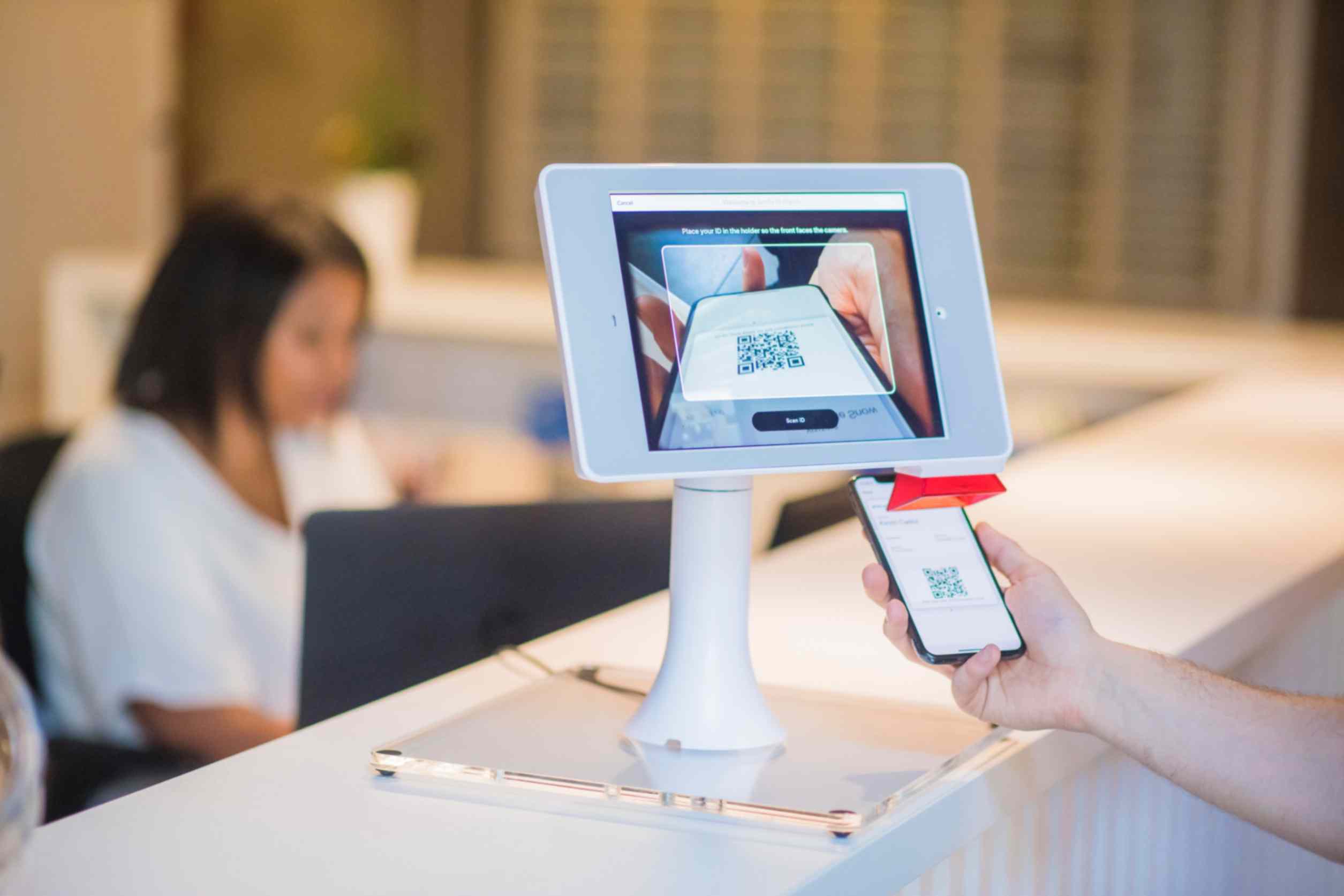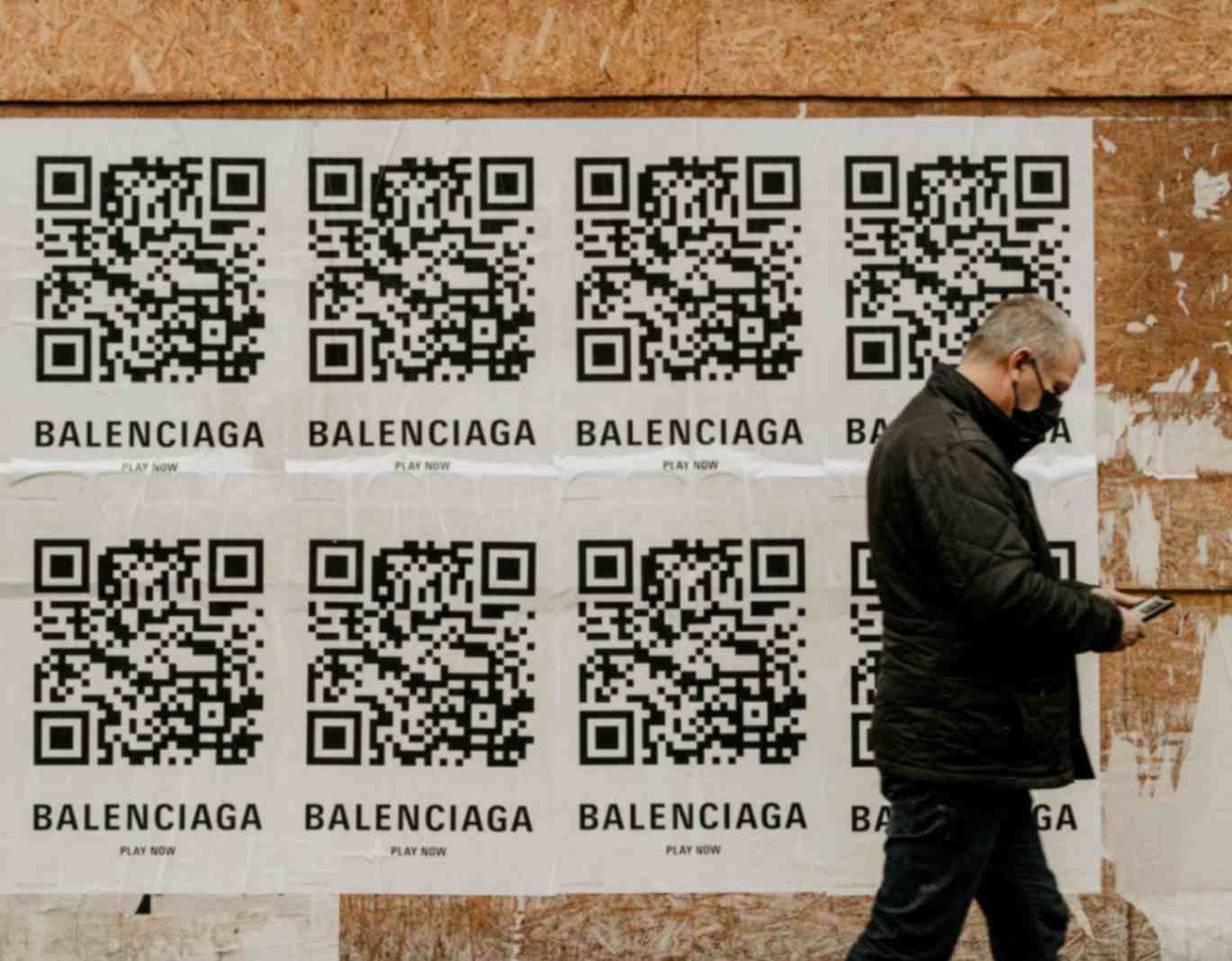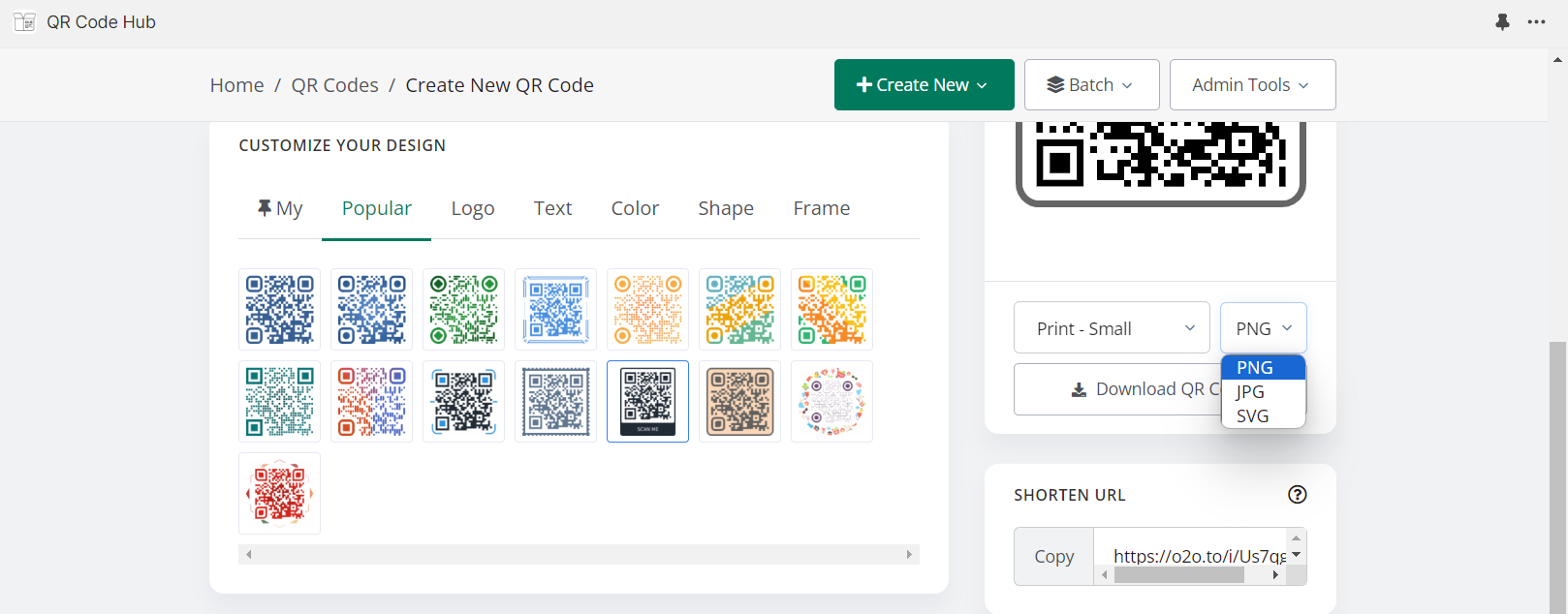Importance of Well-Designed QR Codes in Enhancing Branding and Conversions
Sally Wright
Aug 9, 2023
Visual identity is the cornerstone of brand recognition.
Think of a well-designed QR code as an extension of your brand identity.
It is a compact visual touchpoint that can instantly communicate a brand's values and message.
Beyond their basic function, dynamic QR codes have the power to evoke emotions, convey a sense of professionalism, and enhance brand awareness.
How?
You can do this QR Code Generator Hub Shopify app.
What is QR Code Generator Hub App for Shopify?
QR Code Generator Hub is a free Shopify app that serves as your gateway to this creative transformation.
It empowers you to customize QR codes to align with your brand's color palette, incorporate your logo, and even experiment with shapes and gradients.
Logos, for instance, become central in QR code design.
Placing your logo in the heart of the code creates an instant link between the code and your brand.
You can also add text to provide context and employ colors that resonate with your brand's visual language.
With this app, you create a QR code that doesn't just blend in but stands out.
Best Practices for QR Code Design
There are best practices that ensure your efforts yield optimal results.
And when it comes to designing QR codes that make an impact, knowing these practices is your key to success.
These practices ensure that your efforts create QR codes that not only look great but also function seamlessly.
Here are the following practices you should follow:
1. Prioritize Contrast
One of the fundamental aspects of QR code design is ensuring sufficient contrast between the foreground (the actual code) and the background.
This contrast is crucial for easy scanning with smartphones and other devices.
Choose colors that stand out from each other, making your QR code instantly recognizable and scannable even in various lighting conditions.
2. Context is Key
Consider the environment in which your QR code will be displayed.
The context plays an important role in determining the size and placement of the code.
Whether it's on a product label, a poster, or an advertisement, make sure the QR code is appropriately sized to grab attention without overwhelming the visual layout.
3. Size and Placement
A QR code that's too small might be hard to scan, while an excessively large one might disrupt the overall design.
Strive for a balance that makes the code noticeable without overshadowing other design elements.
Ensure the placement of the dynamic QR code is strategic, guiding users' eyes toward it naturally.
4. Test Before Deployment
Before releasing your QR code, always put it through a series of testing.
Why? The purpose is to ensure its overall functionality and prevent issues.
Scan the code using multiple devices and QR code scanning apps to ensure that it functions flawlessly.
This step is vital to avoid potential user frustration due to malfunctioning codes.
5. Incorporate Brand Elements
QR codes aren't just functional; they're also opportunities to reinforce your brand identity.
Integrate your logo, colors, and other brand elements into the QR code design.
This not only enhances brand recognition but also makes your QR code an extension of your overall marketing strategy.
6. Keep it Simple
While customization is encouraged, remember that simplicity often leads to the best results.
A cluttered QR code can confuse users and hinder scanning.
Aim for a design that is clean, easy to understand, and aligned with your brand's aesthetics.
7. Optimize for Mobile Viewing
Remember that QR codes are primarily meant to be scanned using mobile devices.
Test your QR code's design on different smartphones and tablets.
This will ensure that it looks good and functions well on various mobile screen sizes.
8. Regularly Update Content
If your QR code leads to dynamic content, such as a webpage or a promotional offer, make sure to update that content regularly.
A well-designed QR code that leads to outdated or irrelevant content can be counterproductive.
Conclusion
In this digital era, the design of these QR codes holds far more potential than we might realize.
Well-designed QR codes are more than just functional tools—they're integral elements in enhancing branding and driving conversions.
Just as a symphony is composed of individual notes, your brand is composed of various visual elements.
It can evoke emotions, convey professionalism, and embody your brand's essence—all within its unassuming framework.
So, next time you consider the design of your QR code, remember that it's more than a gateway; it's a silent ambassador of your brand's identity, waiting to leave its mark on those who take a moment to scan and explore.



